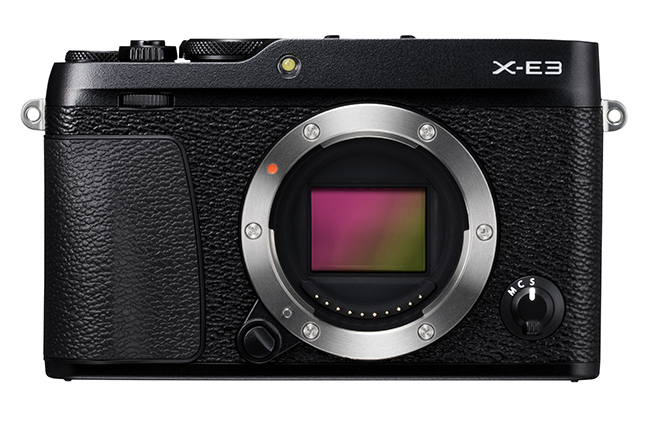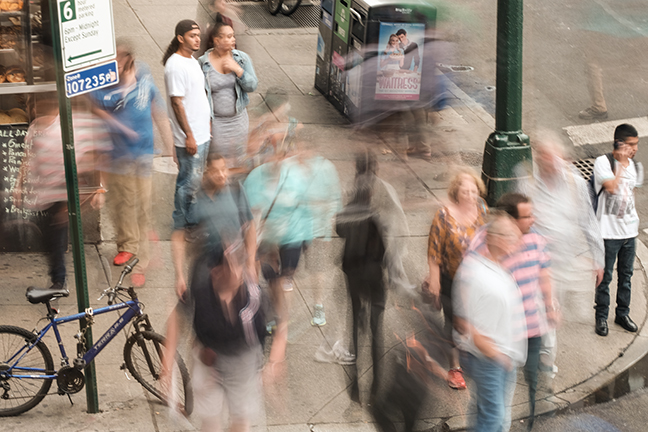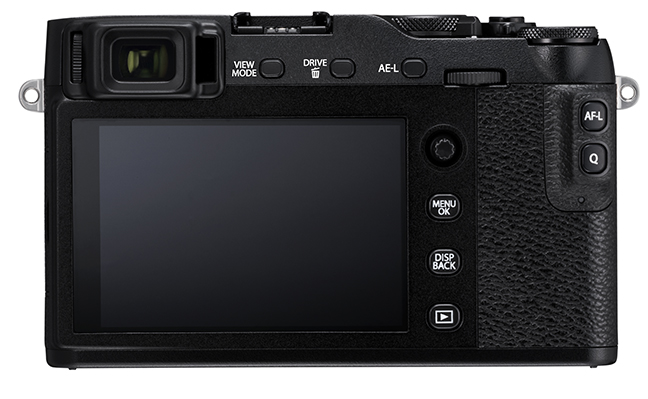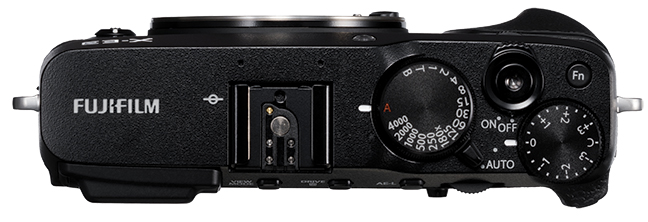
Fujifilm X-E3 test: first look
Posted on Oct 2, 2017
Roger Payne took the Fujifilm X-E3 on a trip to the big apple of all places. Find out his first thoughts on the latest camera to join the X-E range.
To me at least, Fujifilm’s X-E series is the company’s finest hour when it comes to compact system cameras. I do like the X-T2 with all of its mini-DSLRness and while I understand the reasons why many photographers eulogise about the X-Pro2, I’ve never found myself making heavy use of the optical viewfinder; its most discerning characteristic over the X-E range. Give me a 2.36 million dot EVF any day of the week.

The X-E3 represents familiar territory for the X-E series in that it takes technologies already proven elsewhere in the range and wraps them up in a compact, lightweight body. Fujifilm’s designers have certainly run with the compact and lightweight idea in this latest incarnation, pursuing a minimalist design that is positively diddy for an interchangeable lens model. This may not suit every use, of course, but for my first acquaintance with the camera – a day street shooting in New York – it was perfect.

First impressions of the X-E3 are positive, although I did initially struggle with the absence of the quadrant of buttons on the rear of the camera that have graced every X Series interchangeable lens model to date. It’s been removed to reduce size, of course, but you soon realise that the functionality has simply been moved elsewhere, most notably to the touch screen LCD.

Design aside, the touchscreen LCD is one of the most significant changes on the X-E3 and I think it’s a real boon. Shooting on the street, I was able to hold the camera at waist level and tap the screen to both focus and shoot in one, getting some great results in the process. An articulated LCD would make this method even easier, but the X-E3’s is fixed, presumably for size reasons.
While I shot in both Raw and JPEG, at the time of writing I haven’t been able to process the Raws, but the JPEGs are trademark Fujifilm straight out of camera. With minimal post production tweaks I was producing vibrant images full of colour and detail, although this is no surprise given what we already know about the capabilities of the X-Trans CMOS III sensor.

I was unable to try the Bluetooth functionality as the update to the requisite app was yet to be made available, but I can confirm the Wi-Fi connectivity works a treat, enabling me to quickly transfer images to my tablet for social sharing. Bluetooth will only make this process easier.
Lens-wise, I shot for much of the time with the new XF80mm, which is a cracker but, in all honesty, is a little bulky for the X-E3. At 750g the lens was over twice the weight of the body and it does make the set up feel front heavy.
That, ultimately, is the X-E3’s conundrum. Pair it with one of the more compact primes in the XF range and you have a wonderfully mobile and capable camera. The X-E3 and the XF35mmF2, for example, is a match made in heaven. Attach one of the weightier zooms, on the other hand, and you’ve got a sizeable mismatch.




